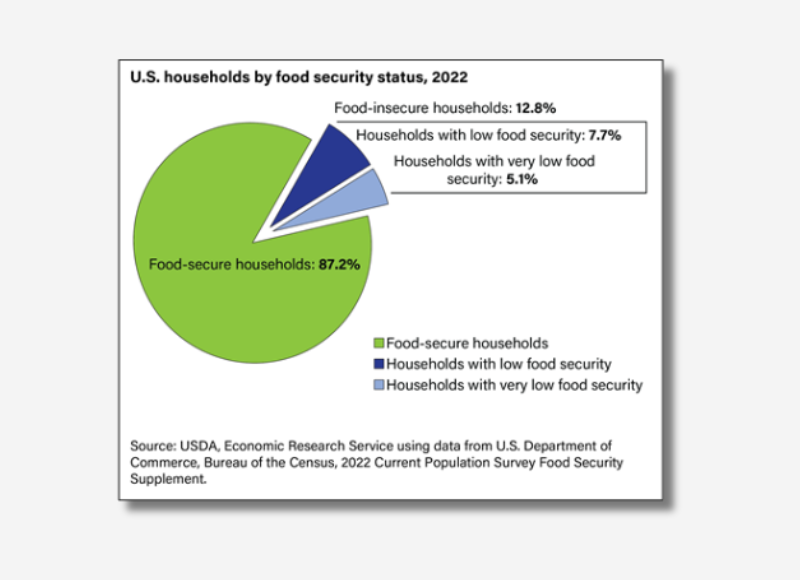
Homelessness and unstable housing are significant issues for people who use opioids, as they often lack access to safe environments and necessary healthcare services. This instability exacerbates their vulnerability to overdoses, infections, and other health complications. Explore our resource page for comprehensive information and support services that address the housing needs and health challenges faced by individuals struggling with opioid use.
Housing & Homelessness Resources
Websites
Eddy House
Eddy House creates a safe environment for homeless and at-risk youth to develop the life and job skills necessary for sustainable independence.
Volunteers of America Northern California & Northern Nevada
VOA provides a variety of different housing services to meet the need of the individual or family in need of assistance in Northern Nevada including an emergency shelter and housing assistance programs.
Feeding America
Feeding America is the largest charity working to end hunger in the United States. We partner with food banks, food pantries, and local food programs to bring food to people facing hunger. We advocate for policies that create long-term solutions to hunger.
Las Vegas Rescue Mission
We work around the clock to assist those who need the most help in our community.
Food for Thought
Dedicated to helping hungry children in our community by providing food, as well as solutions, resources and increased awareness, to combat hunger.
The National Alliance to End Homelessness
A nonpartisan organization committed to preventing and ending homelessness in the United States
Tools & Resources
Homelessness Programs and Resources
The Substance Abuse and Mental Health Services Administration (SAMHSA) collaborates with other federal agencies to address housing stability for individuals with serious mental illness through various programs. These programs, including PATH, TIEH, SOAR, and others, aim to expand access to mental health and substance use disorder treatments, provide support for recovery, and improve housing stability for vulnerable populations. SAMHSA also launched the ALL INside initiative to address unsheltered homelessness nationwide.
Best Practices in Recovery Housing
This document updates a prior Recovery Housing Guideline and outlines best practices for the implementation and operation of recovery housing. The best practices are intended to serve as a tool for states, governing bodies, providers, recovery house operators, and other interested stakeholders to improve the health of their citizens, reduce incidence of overdose, and promote long-term recovery from substance use and co-occurring disorders.
OUR Place
OUR Place is a low-barrier emergency shelter, specifically designed to provide women and families dealing with homelessness, a warm, safe, and home-like environment to stay in.
Food & Nutrition Assistance Program
The USDA's Economic Research Service (ERS) conducts research on child nutrition programs, food security, and the economic well-being of low-income households. ERS evaluates programs such as the National School Lunch Program, SNAP, and WIC, which impact millions and constitute a significant portion of the USDA’s budget. Their research informs policymakers and the public about the effectiveness and reach of these food and nutrition assistance programs.
Grant Programs and Services for Homelessness
SAMHSA’s grant programs and services support efforts for ending and preventing homelessness among people with mental and/or substance use disorders.
Posters & Infographics

Key Statistics & Graphics on Food Security in the U.S.
This page provides detailed statistics on food security in the United States for 2022 and highlights the prevalence of food insecurity across different household characteristics and states.
Review the Statistics
Publications
Opioid Abuse and Homelessness
This publication from the National Alliance to End Homelessness discusses the severe impact of opioid abuse on the homeless population, highlighting that substance abuse is a major cause of homelessness and significantly exacerbates health risks for homeless individuals. It underscores the need for integrated treatment approaches that combine medical therapies with housing and employment support to effectively address the crisis, emphasizing collaboration among healthcare providers and homeless services.
What hunger looks like in Nevada
Get the facts about hunger in Nevada.
Webinars & Online Learning
Current News & Research
A Novel Index Measure of Housing-related Risk as a Predictor of Overdose among Young People Who Inject Drugs and Injection Networks
This study introduces a novel multi-dimensional measure of housing instability to assess its association with overdose risk among young people who inject drugs (PWID) in Chicago. The findings demonstrate a significant positive relationship between housing instability and lifetime overdose count, underscoring the need for a comprehensive approach to addressing housing-related issues in interventions for PWID.
Overdose and Homelessness—Why We Need to Talk About Housing
The article highlights the significant increase in drug overdose mortality among homeless adults in Boston from 2004 to 2018, emphasizing the need for housing as a fundamental component in addressing this crisis. It calls for integrating addiction treatment with affordable housing solutions, highlighting the bidirectional relationship between homelessness and drug use, and the impact of structural racism on these issues.
